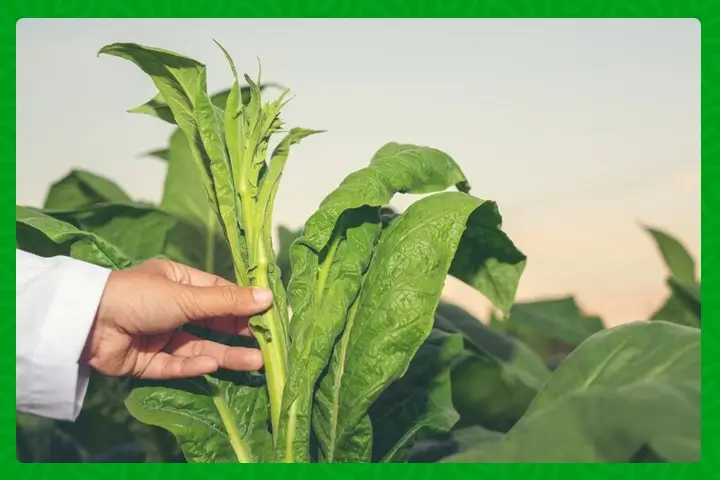
As drought conditions persist in tobacco-growing regions, farmers face the daunting task of maintaining crop quality amidst environmental challenges. Research institution Kutsaga has stepped in with invaluable guidance, urging farmers to adopt strategic practices tailored for dry conditions. Here’s a comprehensive overview of their expert recommendations to ensure top-notch tobacco yields even in the face of adversity.
Understanding Drought’s Impact on Tobacco Quality
Water scarcity isn’t just a concern for humans; it profoundly affects plant physiology, particularly in agricultural settings. Drought-induced stress disrupts water uptake and transpiration in tobacco plants, leading to compromised crop health and reduced leaf quality. The 2023/24 growing season bore witness to prolonged drought spells, exacerbating these challenges and underscoring the need for adaptive farming strategies.
Selecting the Right Variety: A Crucial Step
Kutsaga emphasizes the importance of selecting drought-tolerant tobacco varieties capable of withstanding prolonged dry periods. By opting for resilient cultivars, farmers lay a sturdy foundation for crop success, minimizing the risk of yield loss and preserving leaf quality despite adverse environmental conditions.
Optimizing Cultivation and Harvest Practices
From soil preparation to harvesting techniques, meticulous attention to detail is key. Ensuring adequate soil moisture and proper nutrition throughout the growing season is imperative for robust plant development. Harvesting fully-mature leaves at their optimal size is equally vital, setting the stage for high-quality cured tobacco prized by discerning markets.
Fine-Tuning the Curing Process
Proper curing is an art form, especially in drought-afflicted regions. Kutsaga underscores the significance of managing temperature and humidity levels with precision during curing. Failure to do so can result in undesirable leaf characteristics such as dark coloration and diminished lustre. By implementing gradual temperature increases and optimizing ventilation, farmers can safeguard leaf quality and maximize market appeal.
Conducting Leaf Ripening Tests
To further enhance leaf quality, Kutsaga recommends conducting leaf ripening tests to gauge starch content and ensure optimal sugar conversion during curing. This strategic approach enables farmers to tailor their curing techniques to suit the unique attributes of drought-affected tobacco, fostering superior leaf characteristics and enhancing market competitiveness.
Embracing Best Practices for Success
In conclusion, navigating the challenges of drought in tobacco farming demands a holistic approach grounded in scientific expertise and practical wisdom. By adhering to Kutsaga’s best practices, farmers can fortify their resilience against environmental stressors, produce premium cured tobacco leaves, and meet the exacting standards of the global market. With innovation and diligence, the path to excellence in tobacco cultivation remains within reach, even in the driest of seasons.
Original article was written by By Mthandazo Nyoni
Stay updated with the latest farming tips and agriculture industry news from Africa by subscribing to our newsletter. Don’t miss out on valuable insights and updates. Follow us on Twitter, LinkedIn, and Facebook to join our farming community and stay connected with us.



















